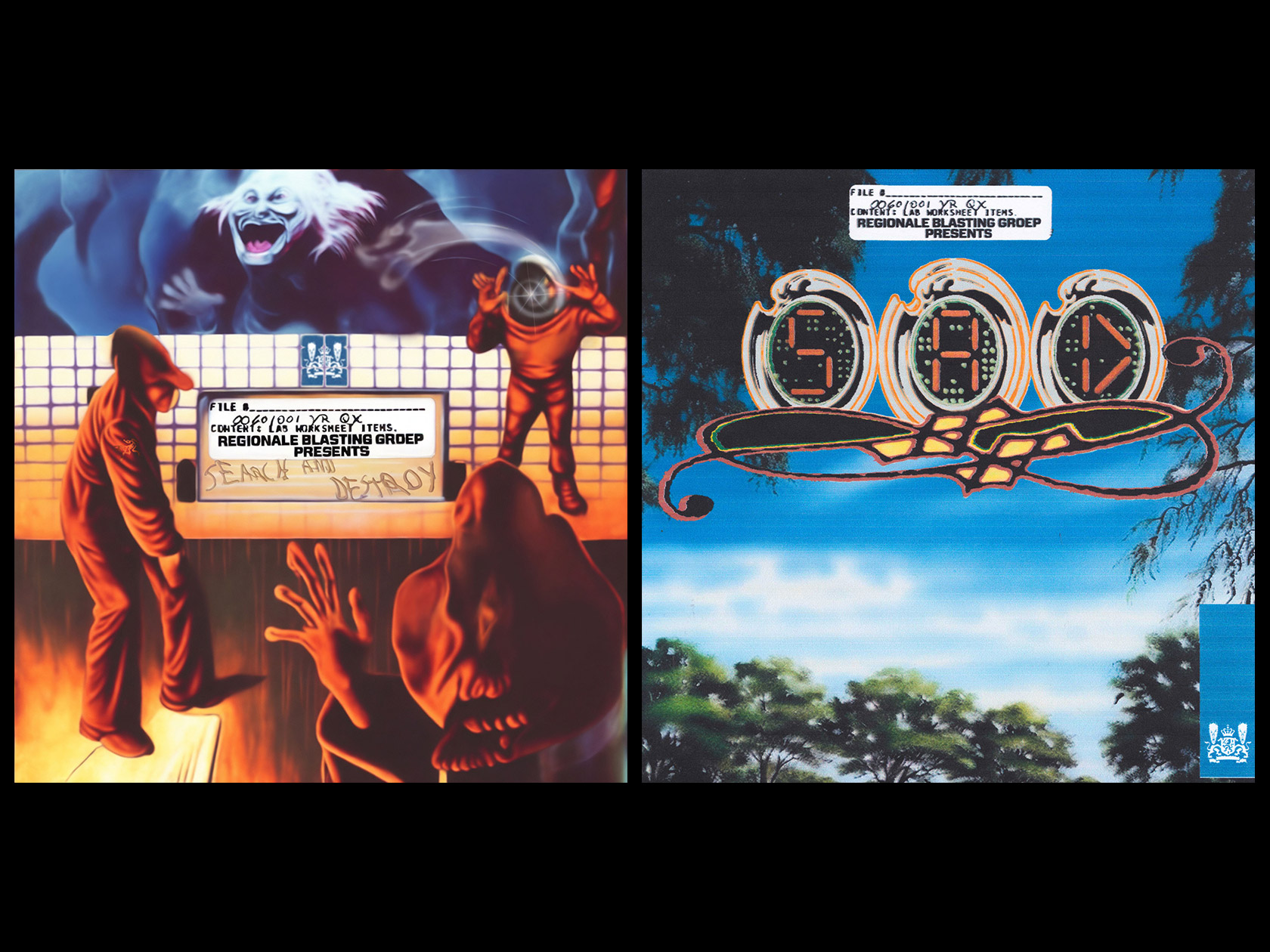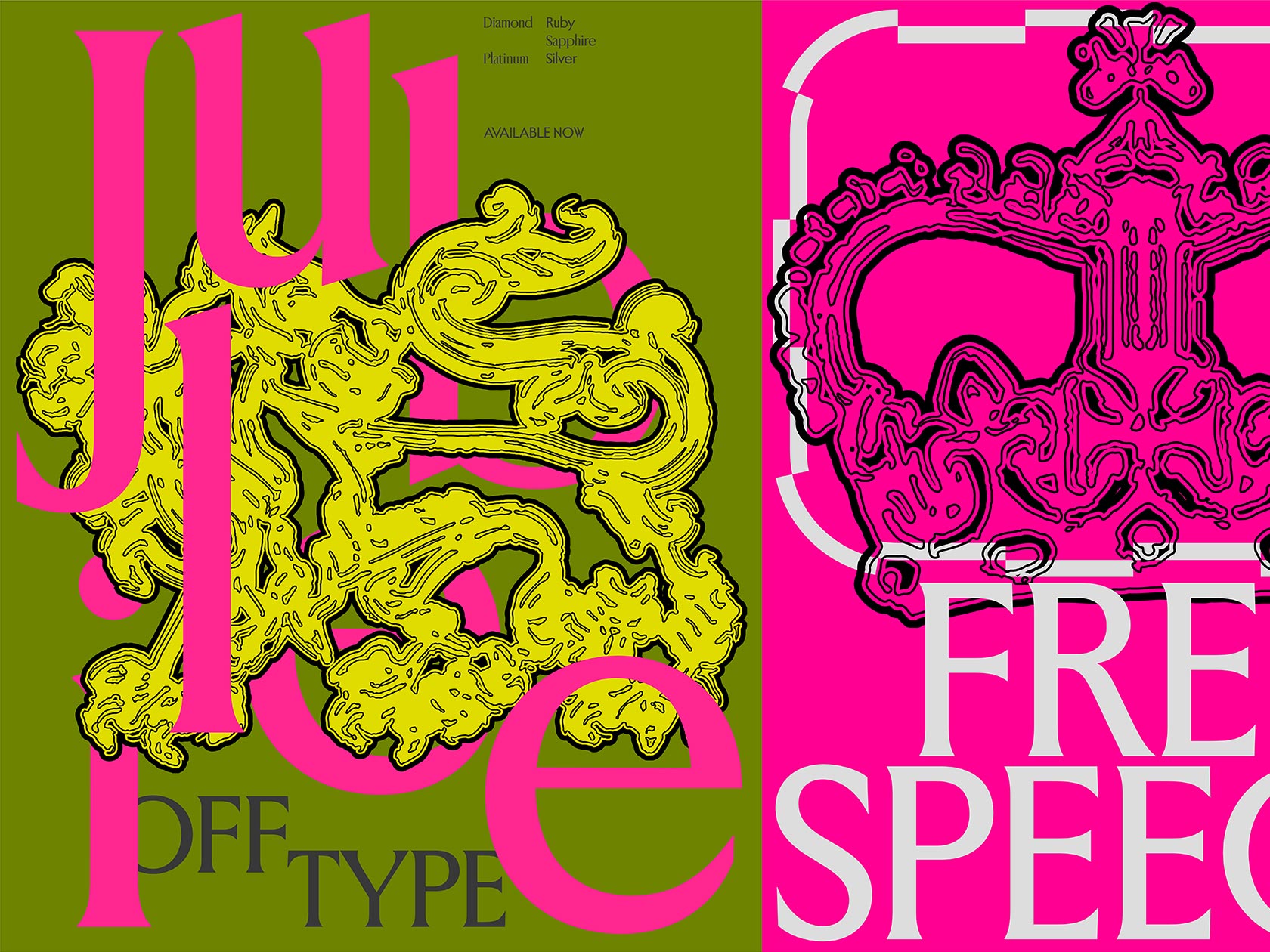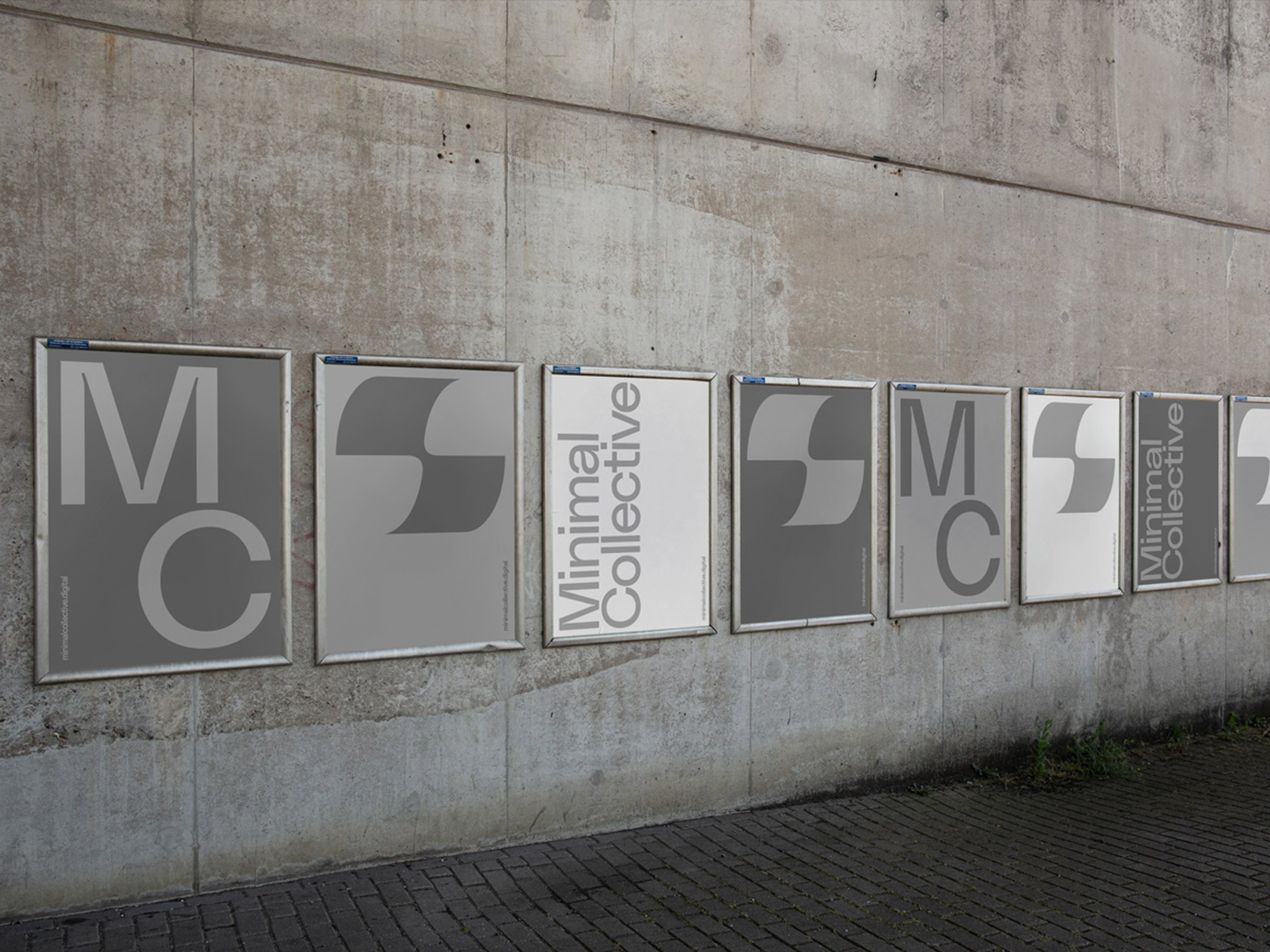Founded in 2013, Same Paper is a Shanghai-based self-publishing studio and bookstore with a strong focus on photographic publications and books. It’s their passion for this versatile medium which laid the foundation for the photographic magazine, Closing Ceremony, with its first issue released in 2017. Besides publishing, Same Paper aims at promoting and showcasing contemporary photography and visual culture. “Everything started with this strong interest in photo books – but then we decided to turn it more and more into a platform for different practices based on that starting point”, says Yuan Xiaopeng, one of its founders.



Last year, the studio has released the book Still Life in collaboration with designer Han Gao. “In our first conversation, we talked about some clothing brands that we both like. This might have been the basis for the collaboration later on”, Yuan tells us, “With the intention of further cooperation, I invited him to tale over the design of a commercial project. We became more familiar with each other and started to work on our own publication.” When working on the book, Han got actually stuck in Cambodia for more than two months due to the sudden outbreak of the pandemic, trying to get his visa for the United States where he studies at Yale University. “The design of the book was inspired by his experience of staying in the hotel room and his subtle feelings during this period. Physical details enlighten him a lot, such as the water stains on the table surface left by the iced coffee, mist behind the glass, and so on.”




For Still Life, they invited thirteen different photographers to use still life photography as a medium to reflect on the current social climate. Photography has always played a crucial role in capturing the significant moments of the history of our society and therefore has a massive effect on our understanding of our times.“The idea stems from the sudden outbreak of Covid-19 in early 2020”, Yuan explains, “We were at home, bored and anxious, and then it slowly turned into a global outbreak. We noticed on social media that photographers from all over the world were in the same situation, just like us.” As a response to the current situation, each of the photographers from the book were asked to create their stories for the book indoors, using only limited equipment. The title of the book, Still Life, is actually a reference to the state of all people at that time – a period of stillness.
Some of the photographers from the book like Antje Peters were not able to go to her studio when working on this project. Necessity is the mother of all invention, so she came up with the idea to make use of the natural light on the windowsill of her apartment instead, utilizing only the equipment left at home to shoot the ordinary objects around her. “This fits perfectly into the core concept of Still Life which is to create something that feels as close to you as possible, but within certain limits, with the least amount of material”, Yuan explains.


Although being put in the same, difficult position due to the pandemic, each photographer found a unique way to respond to the pandemic and how it is affecting our daily lifes. New York based photographer David Brandon Geeting took photos of his closest friend Corey who tested positive for Covid-19 a few weeks before. Immediately after his recovery, David went to Corey’s home to capture his state of mind and emotions through his photographs, rediscovering the value of health, ordinariness and “all of these beautiful things we always take for granted.” On the other side, Caroline Tompkins depicts the relationship with her boyfriend in her images, exploring how she got a deeper understanding of both intimacy and feminism when self-isolation together at home and spending almost every minute together.
All in all, Still Life shows a beautiful and very intimate glimpse behind the scenes, erasing the distances between us, as we are all staying at home. “Through this publication, we want to raise an interesting question”, Yuan explains, “When being trapped at home, with no one commissioning you to take photographs as a job, you still feel eager to do, to create something. But looking around, all you see are some cold, necessary everyday objects staring at you. In this case, what is the actual trigger mechanism of photography? How will you desire to take photographs be stimulated?”


As a small, offbeat studio, the pandemic has been a huge challenge for Same Paper, especially at the beginning. “We no longer have enough budget to realize different projects and we had to limit our scope”, Yuan states, “Even so, we created the opportunity to do something about it. What we’ve learned during this time, is to try to stay as productive as possible in any situation and to constantly search for the right balance.” And indeed, the studio did not promise too much, as there a several books, a new design collection, as well as a new magazine in the pipeline.




Among their past and present projects are many collaborations with artists from various backgrounds, among them KangHee Kim, David Brandon Geeting or Maxime Guyon. “I often heard people predicting the death of photography – or let’s say conventional potography – in this era. Our attitude on this matter is neutral, but we are excited about all the collaborations with other artists, who have their fingers on the pulse of time. I’m really amazed by these works from different cultural backgrounds”, Yuan tells us, “Although all of our collaborators work in very different ways, they all have this certain ‘stubbornness’ when it comes to photography. I think this ‘stubbornness’ has largely influenced us to experiment with different mediums and practices.”










